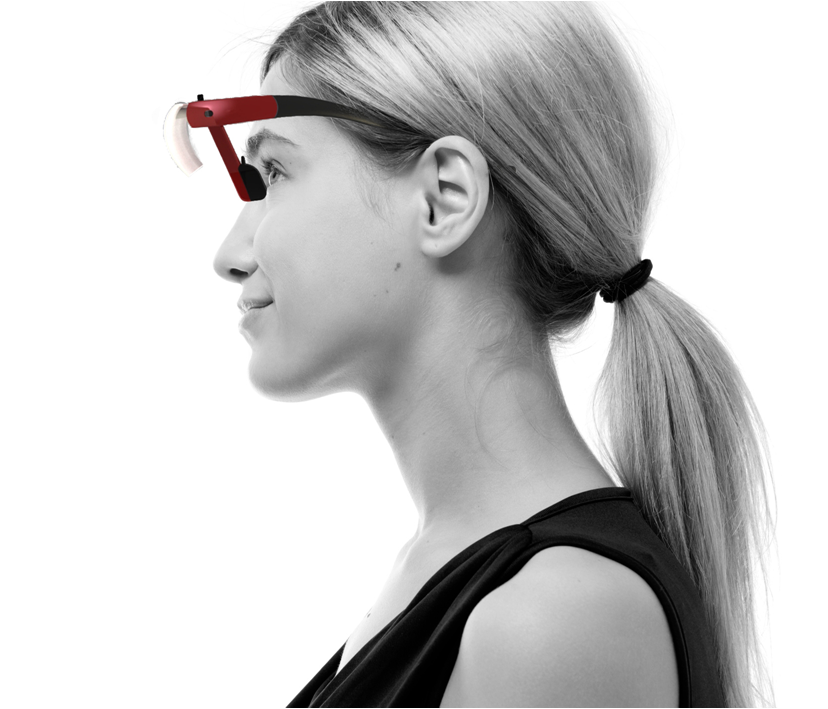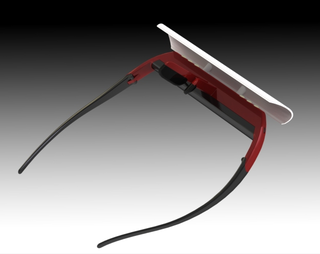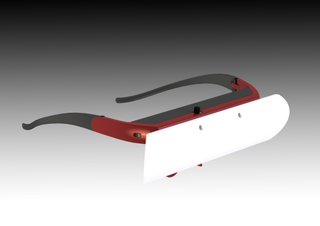Moving from Texas to Chicago in mid-June, I thought I’d stumbled upon Midwestern Narnia – the sun was shining, the streets were festing, the beach was crowded – and everyone seemed so damn happy, like high-fiving-strangers- in-the-streets happy. I didn’t understand what these people could be so excited about.
That is, until I received a nine month lesson courtesy of Chicago winters. And as soon as thermostat hit 55, I too broke out my shorts and flipflops and joined the rest of my thawing neighbors to celebrate “sprummer” ( a short-lived but glorious three months).
While common sense has always told us that weather affects our mood, now too does science. According to the American Academy of Family Physicians, approximately 6% of Americans experience a very real form of the “winter blues” called seasonal affective disorder (SAD) and another 10-20% experience a milder form of seasonal mood change.
So what’s a Chicago-loving gal to do? Well thanks to a team of Denmark engineers, SEQINETIC, I don’t have to migrate to beat snowed-in sadness.
THE GIST- SEQINETIC’ designed a pair of light therapy sunglasses that “let you wear your daylight.” Using LED lights and a reflector, the glasses reflect a soft white “daylight” around the in the top portion of a wearer’s vision, mimicking real daylight and hopefully improving their mood. For the full mood-boosting benefit, SEQINETIC suggests wearing the glasses for 30 minutes a day every day.
BUSINESS MODEL – While Kickstarters nabbed them for $50, SEQINETIC “sun” glasses will eventually retail for $80 a pair.
COMPETITION- Google “light therapy” and you’ll find a myriad of lamps & lights, but as far as I found no similar ‘sun glasses.
FASHION STATEMENT: SEQINETIC’s mission is to ” lighten the mood of people who feel a lack of energy during the winter months” not to grace the runways and it shows.
FUNDED- Fully funded and then some. With 95 backers believing in their bright idea ( sorry I had to),









